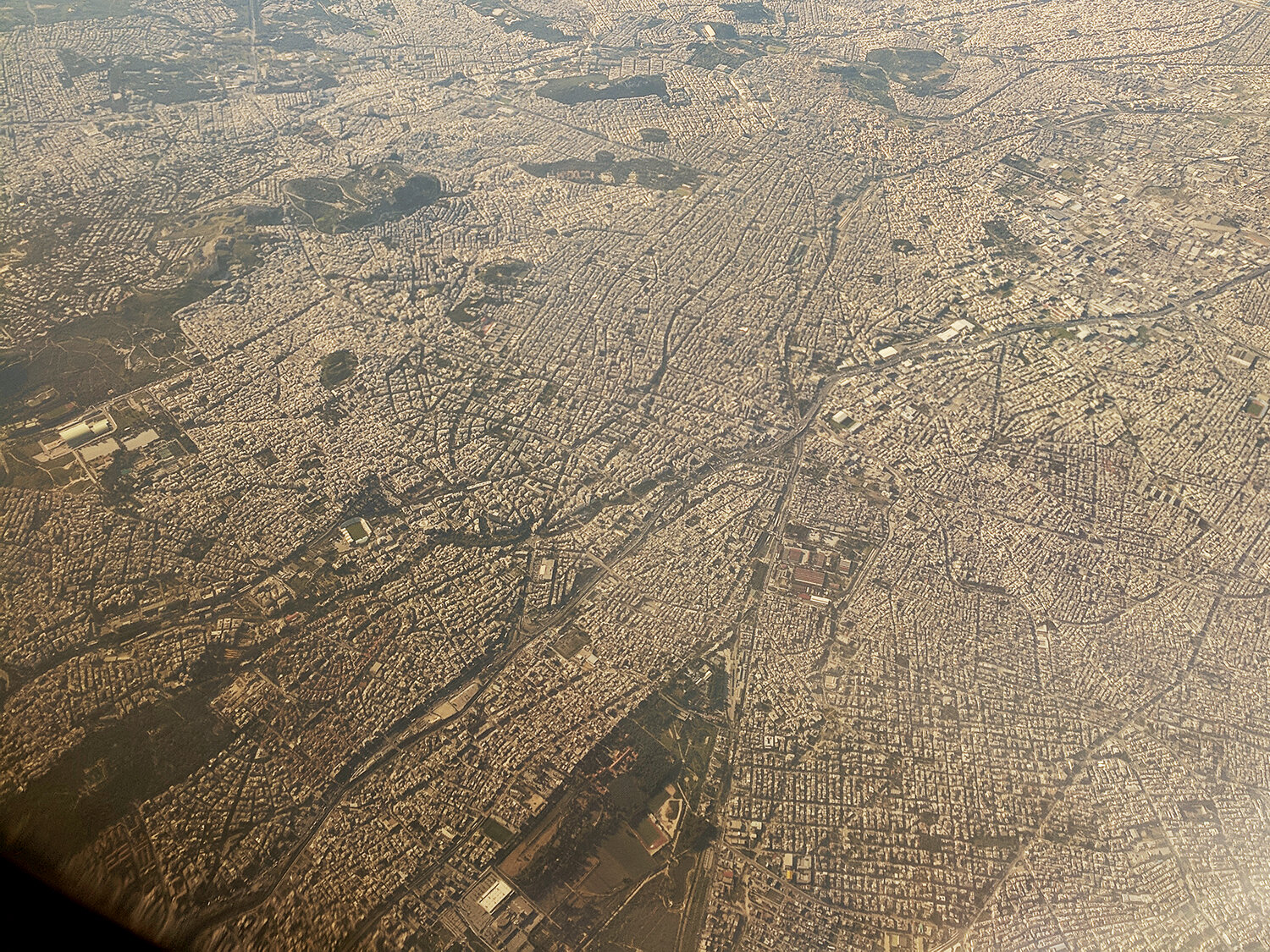
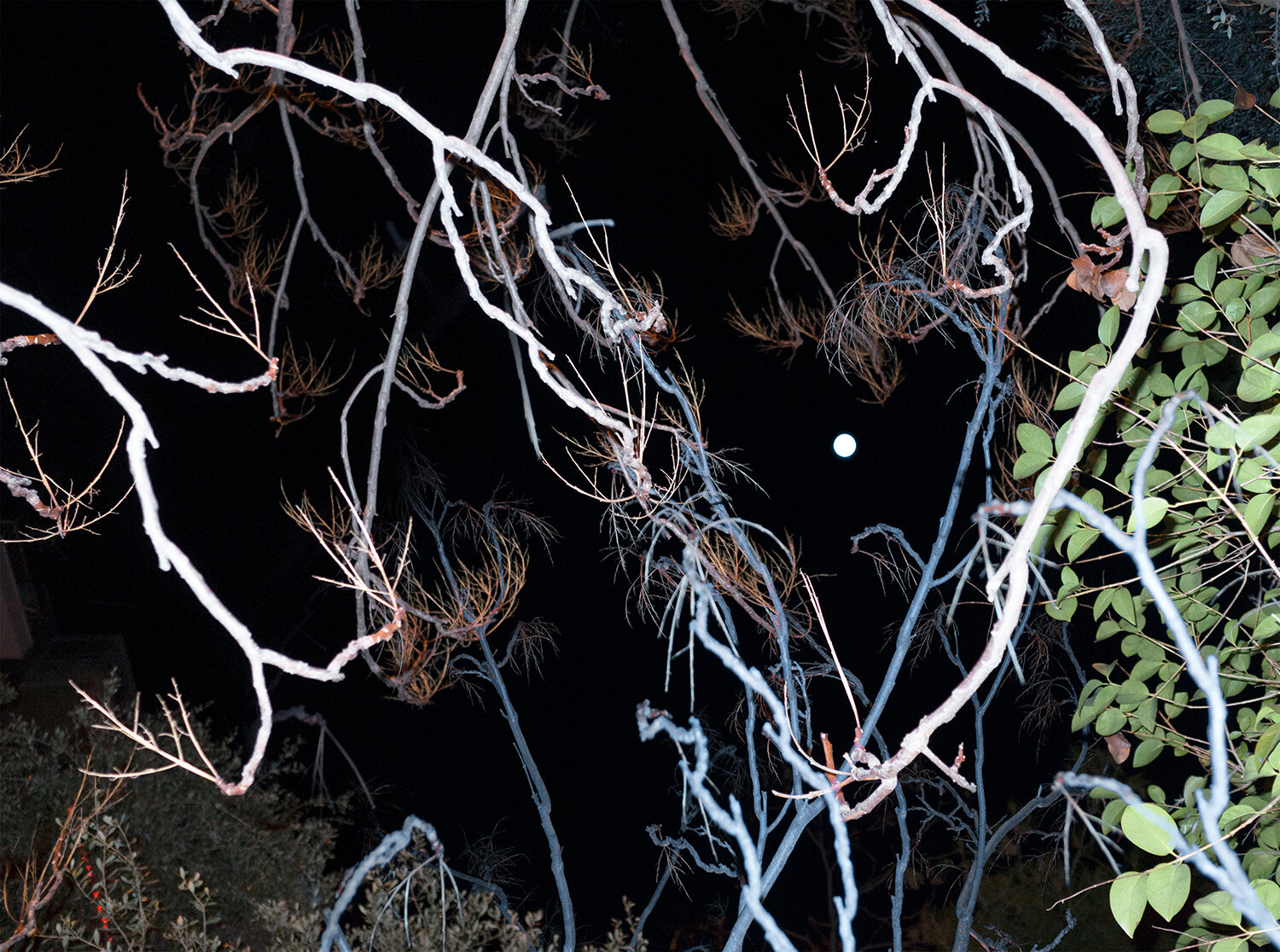

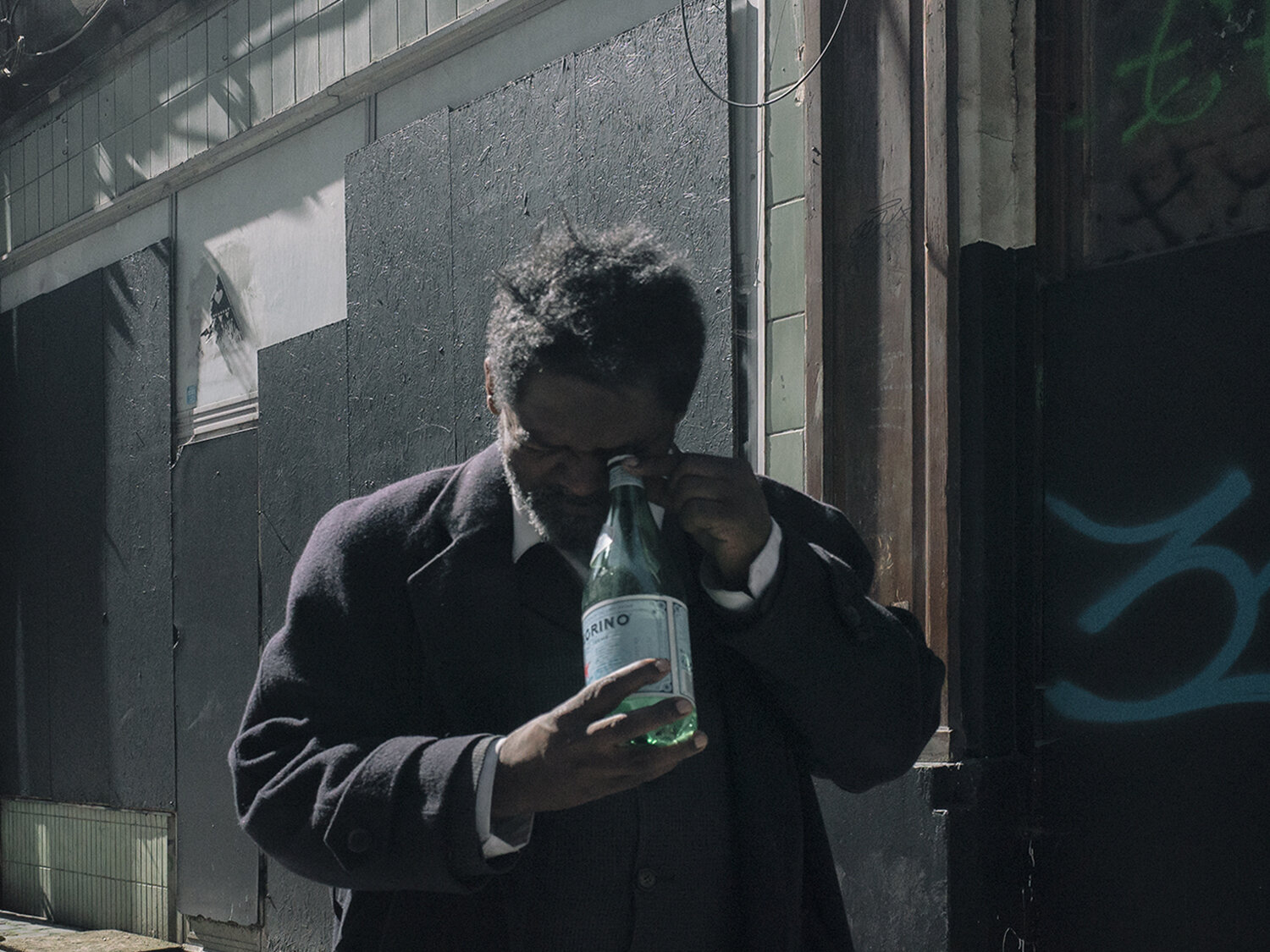
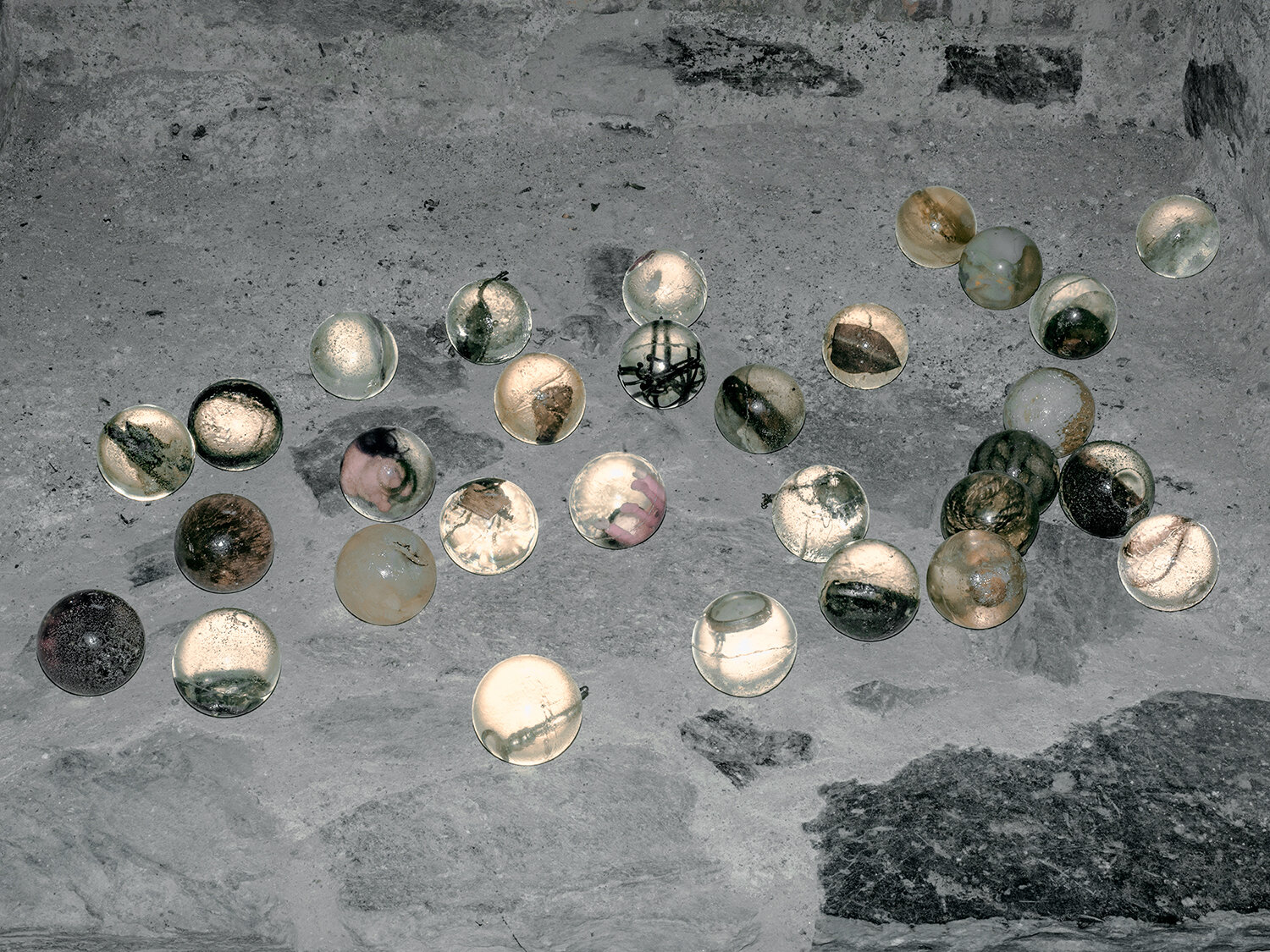
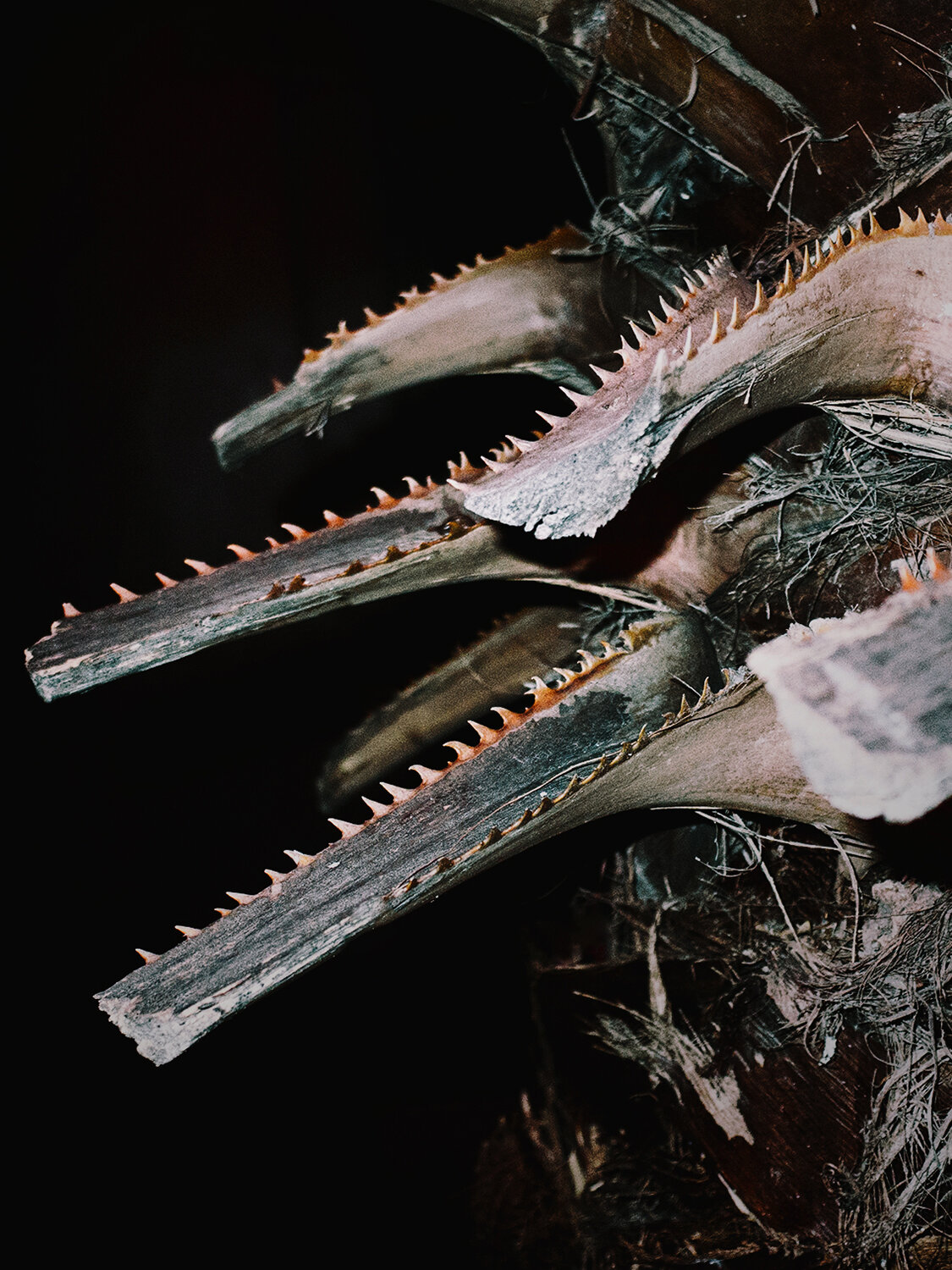
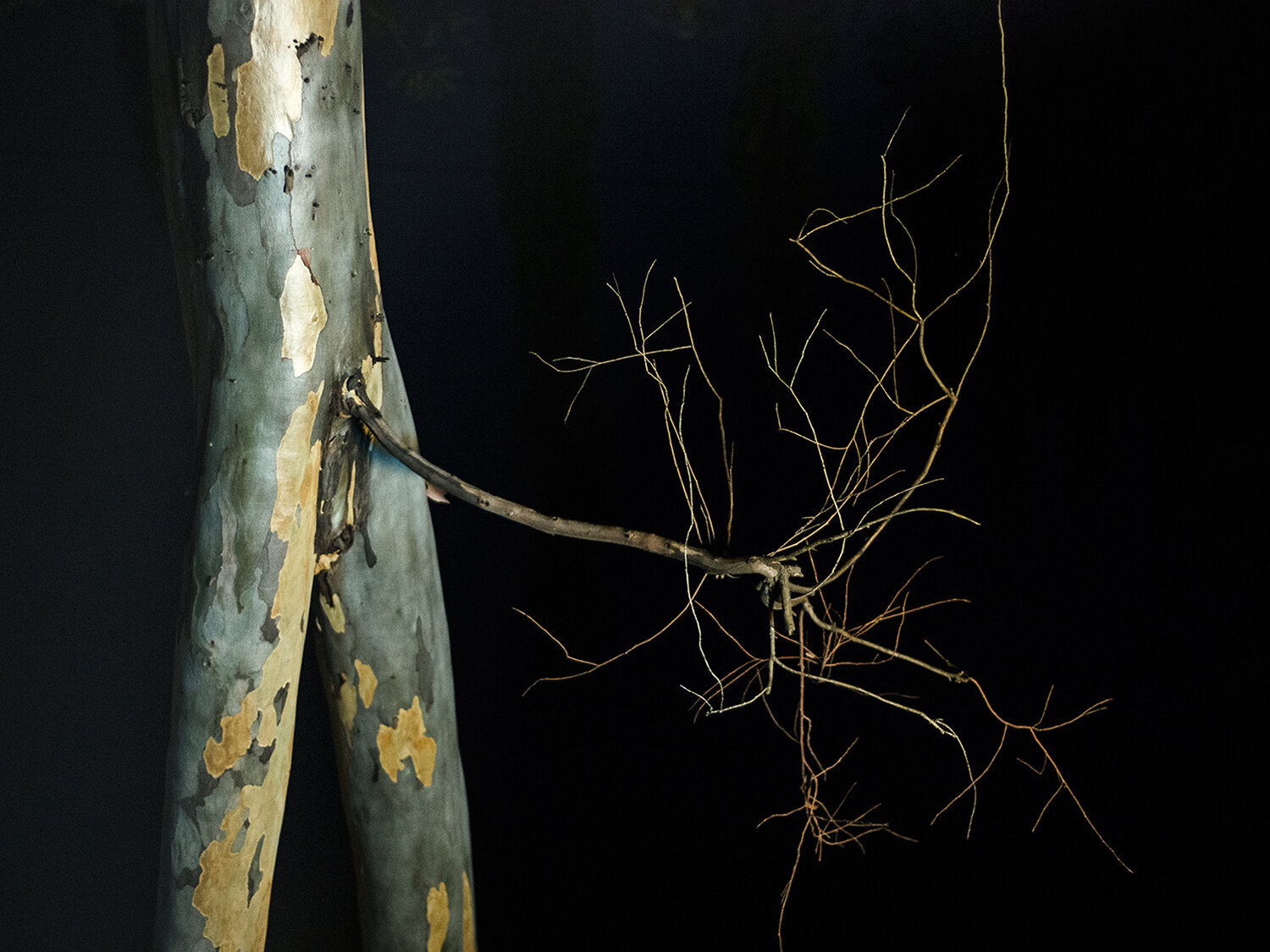
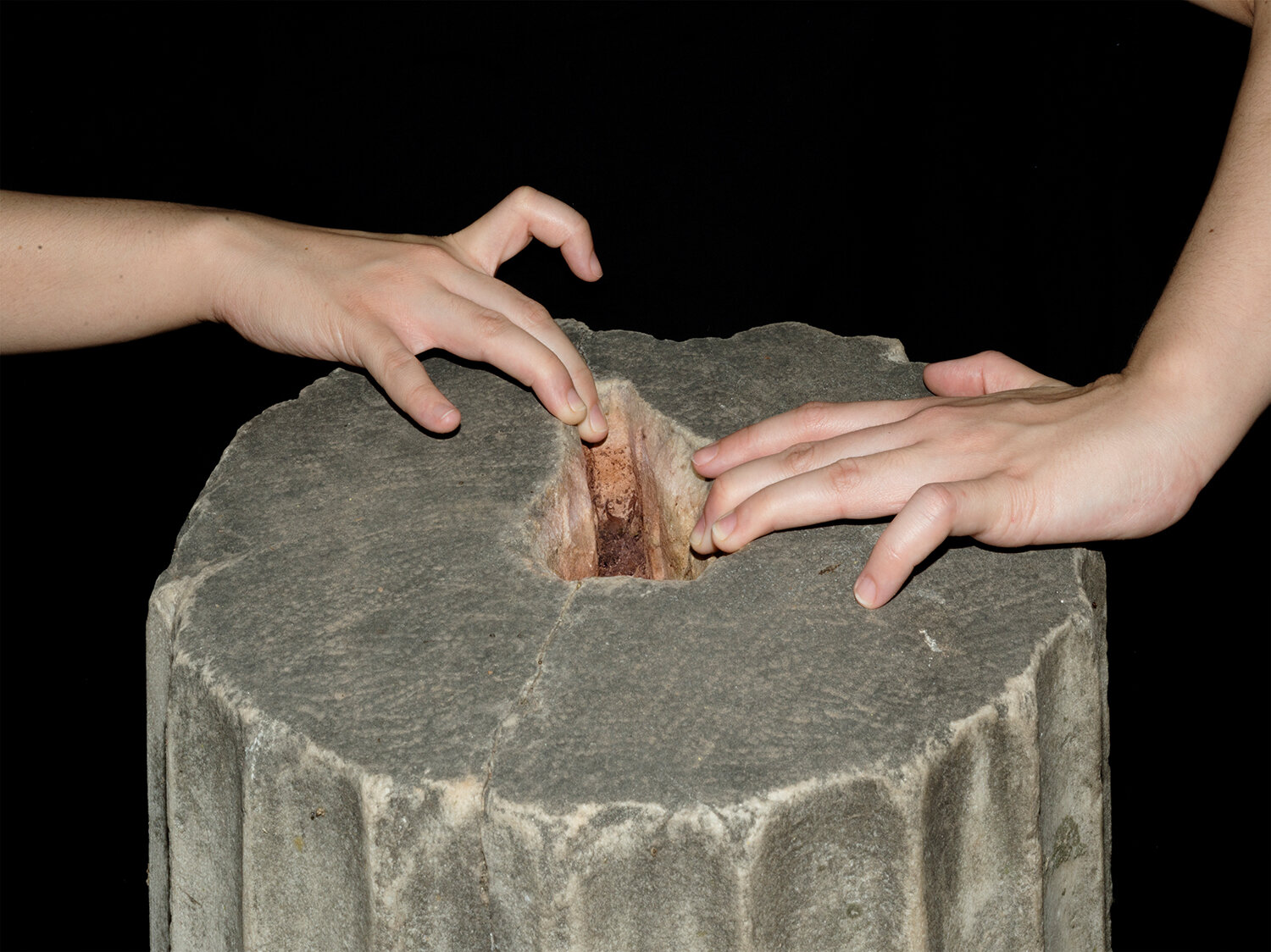
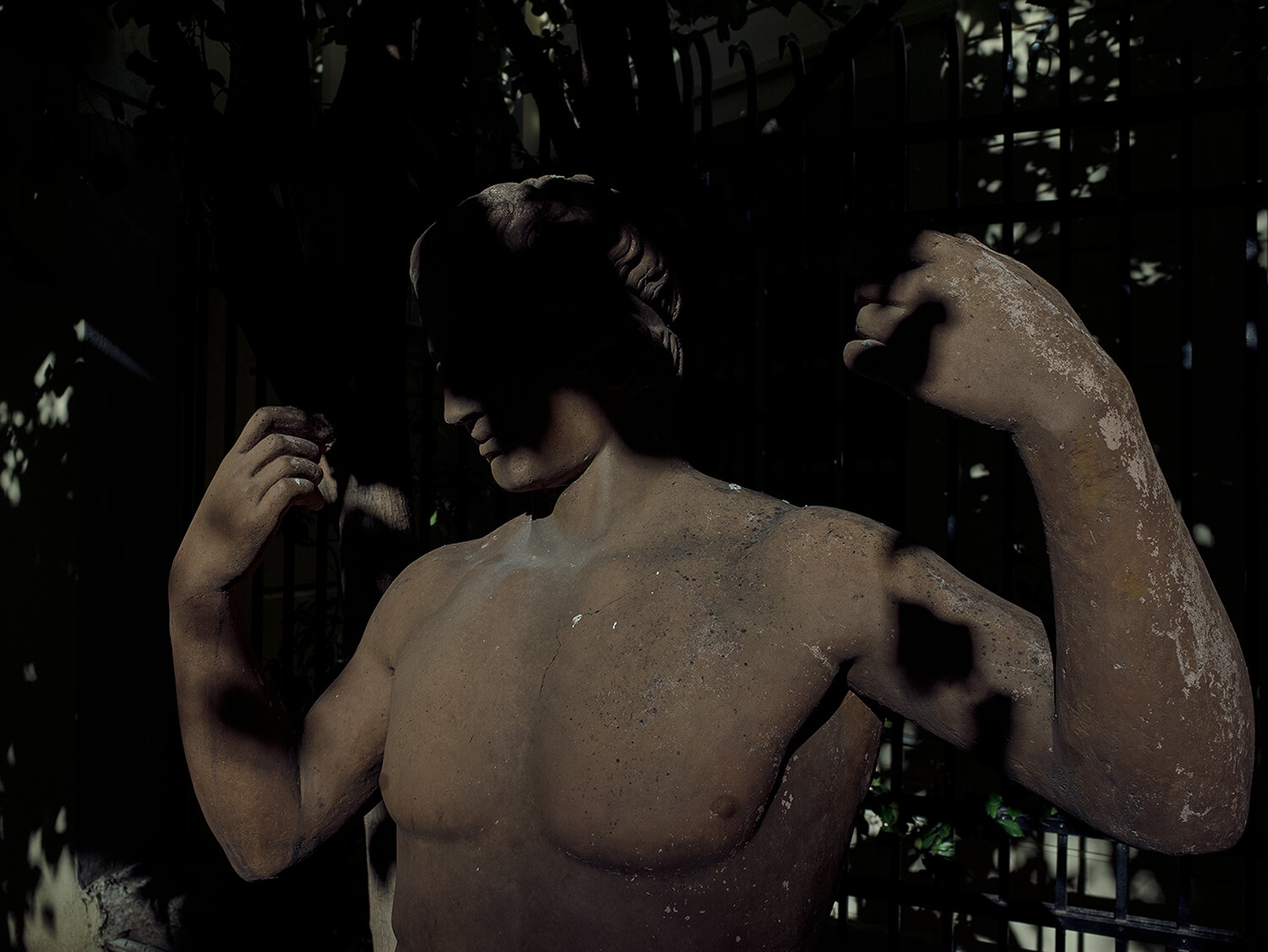
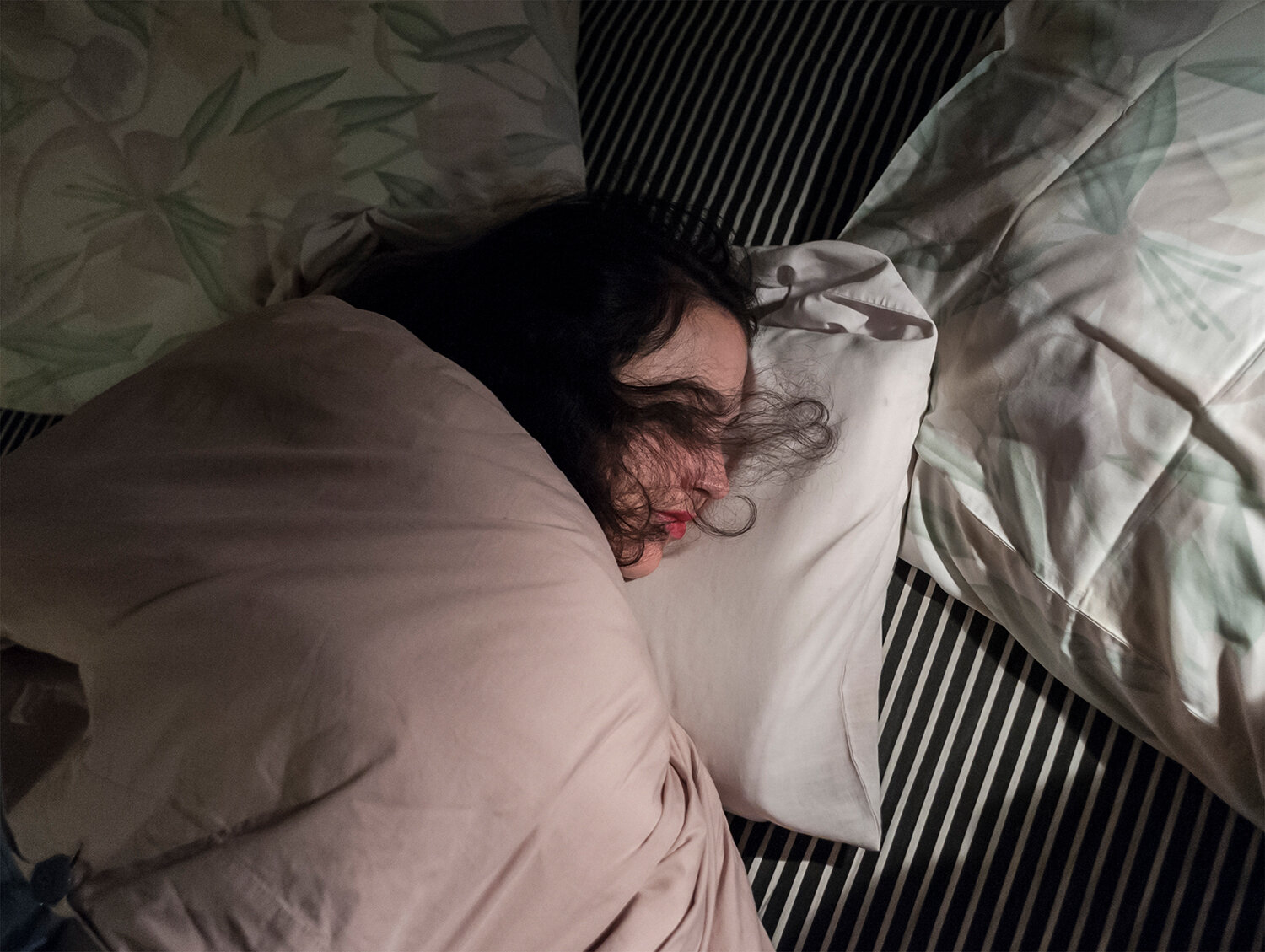
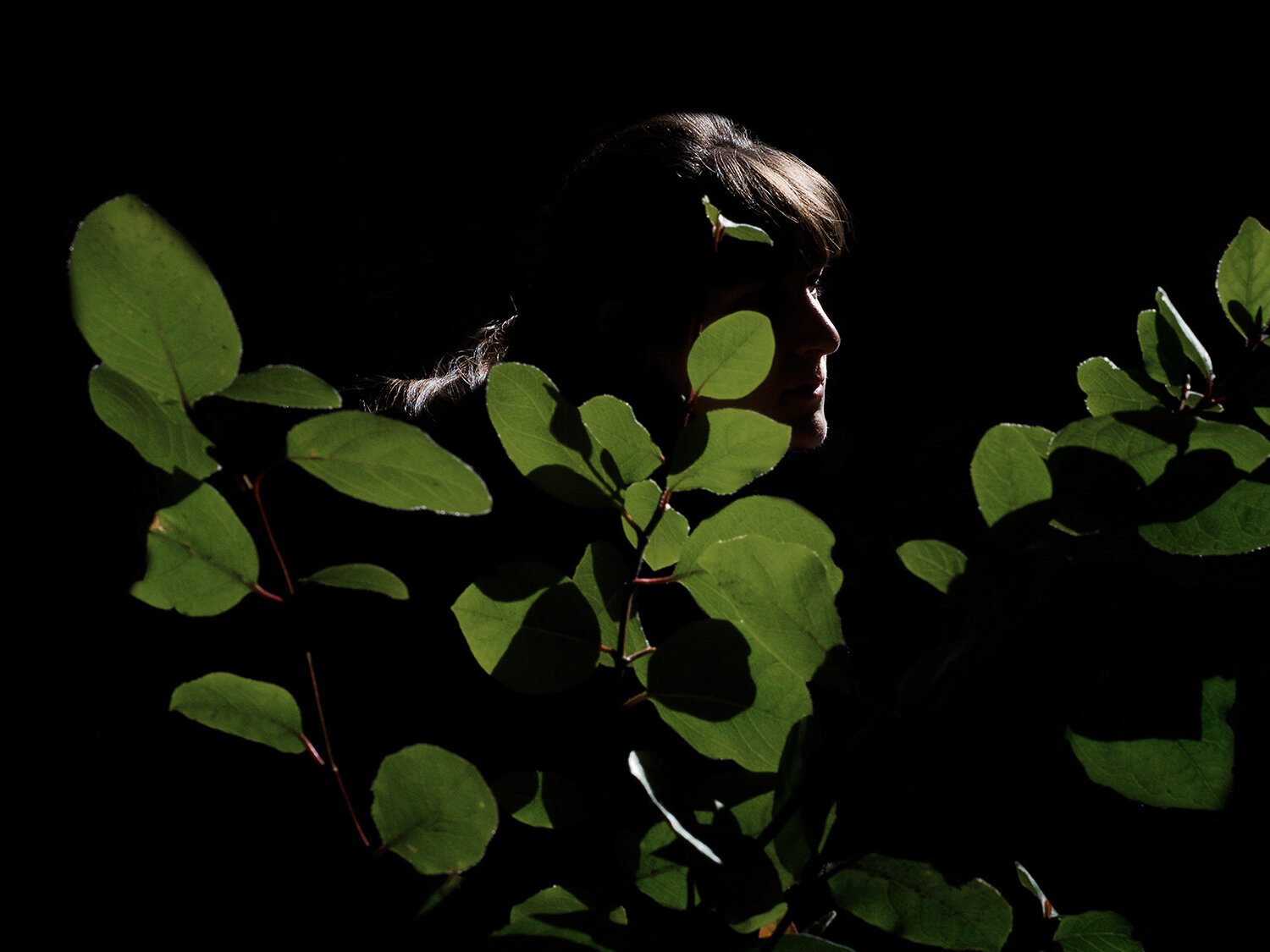
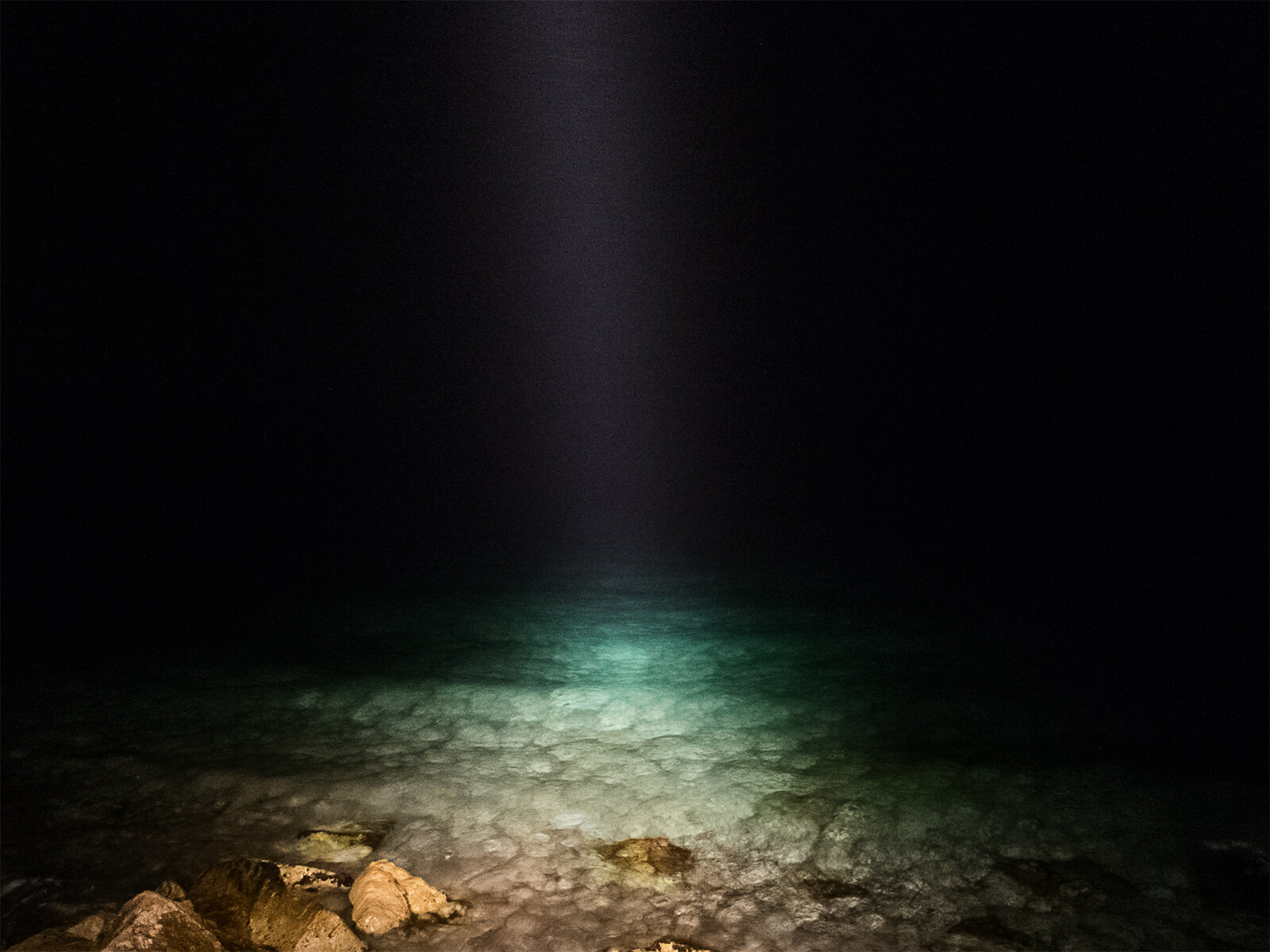
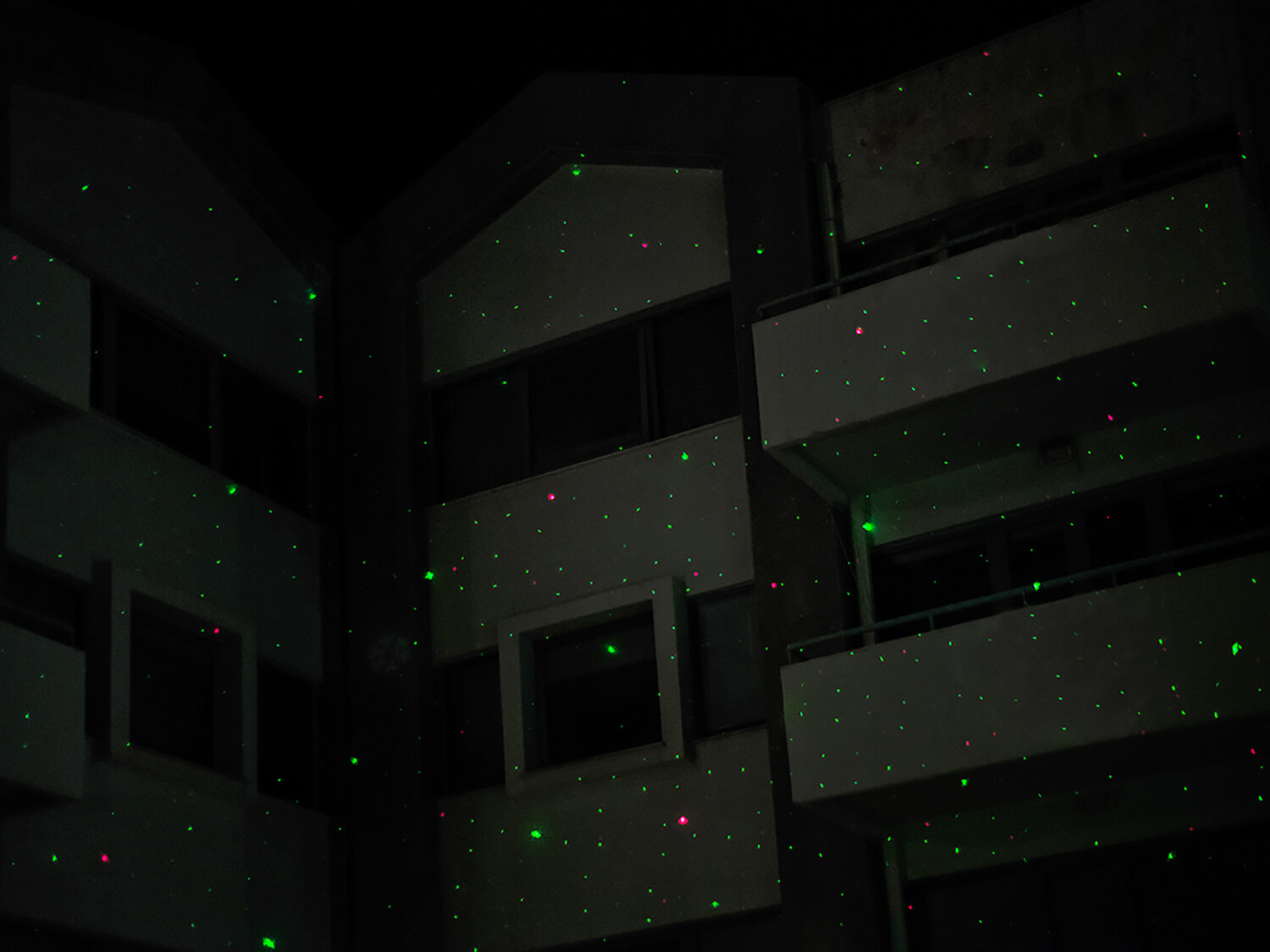
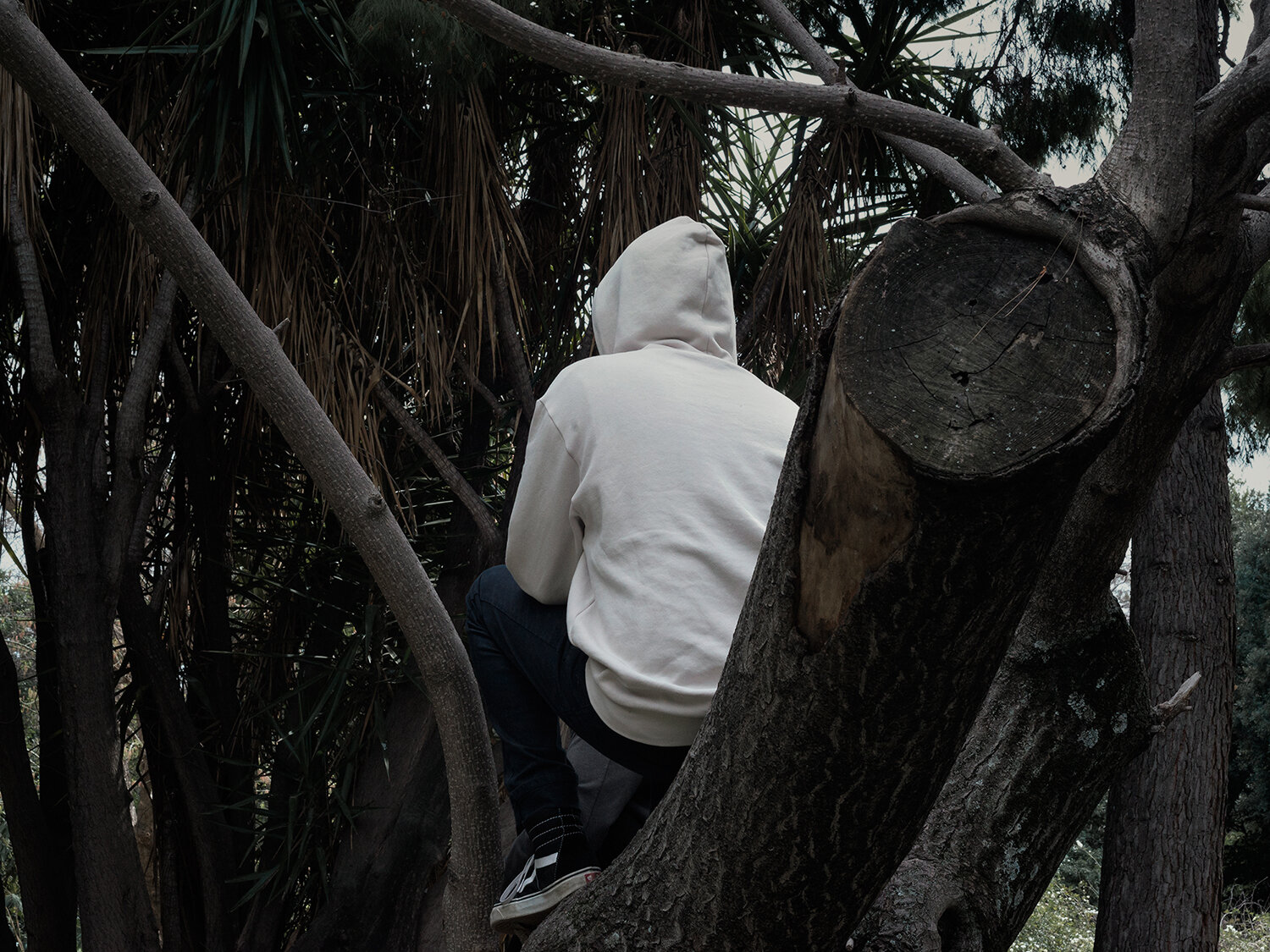
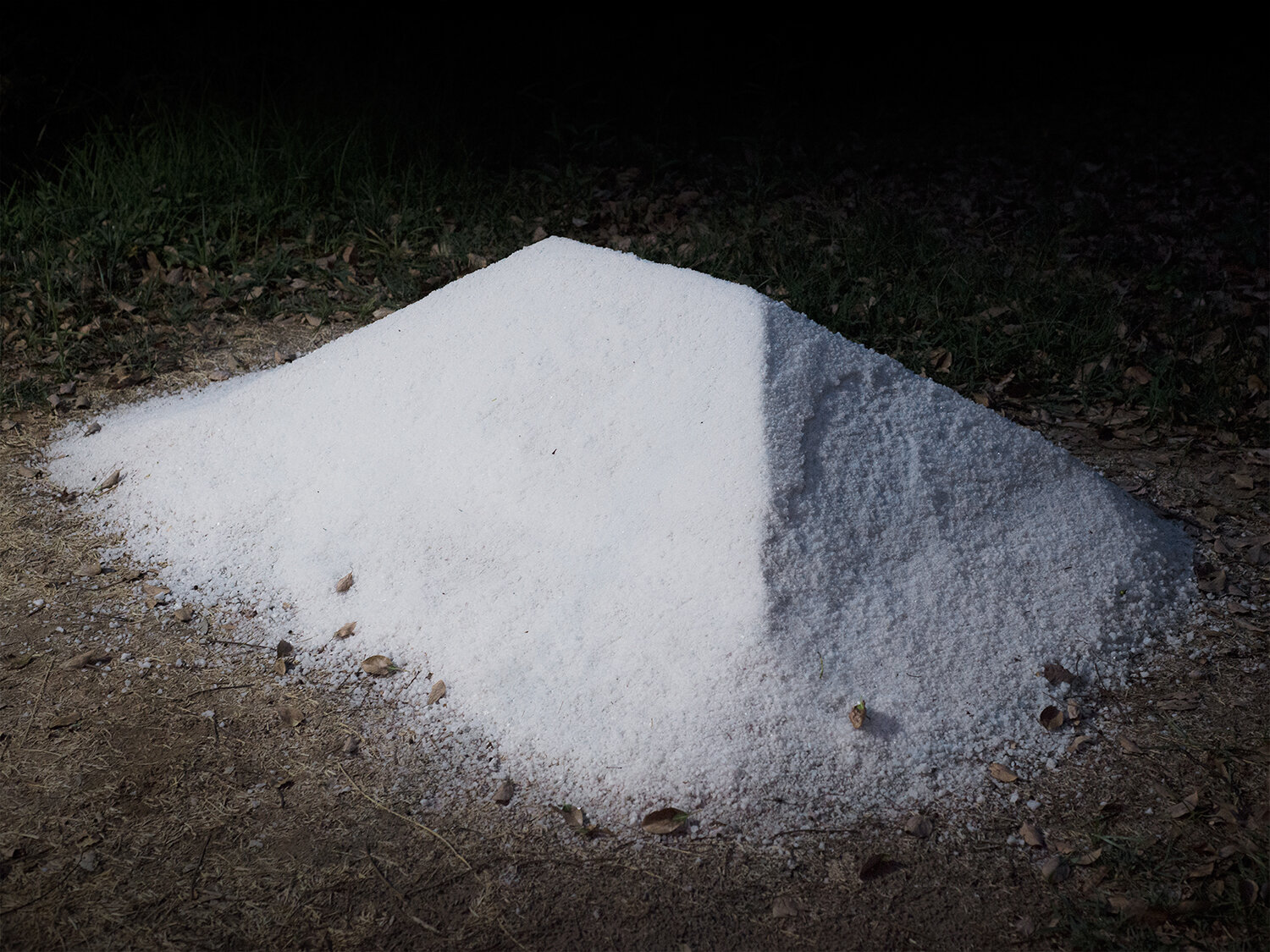
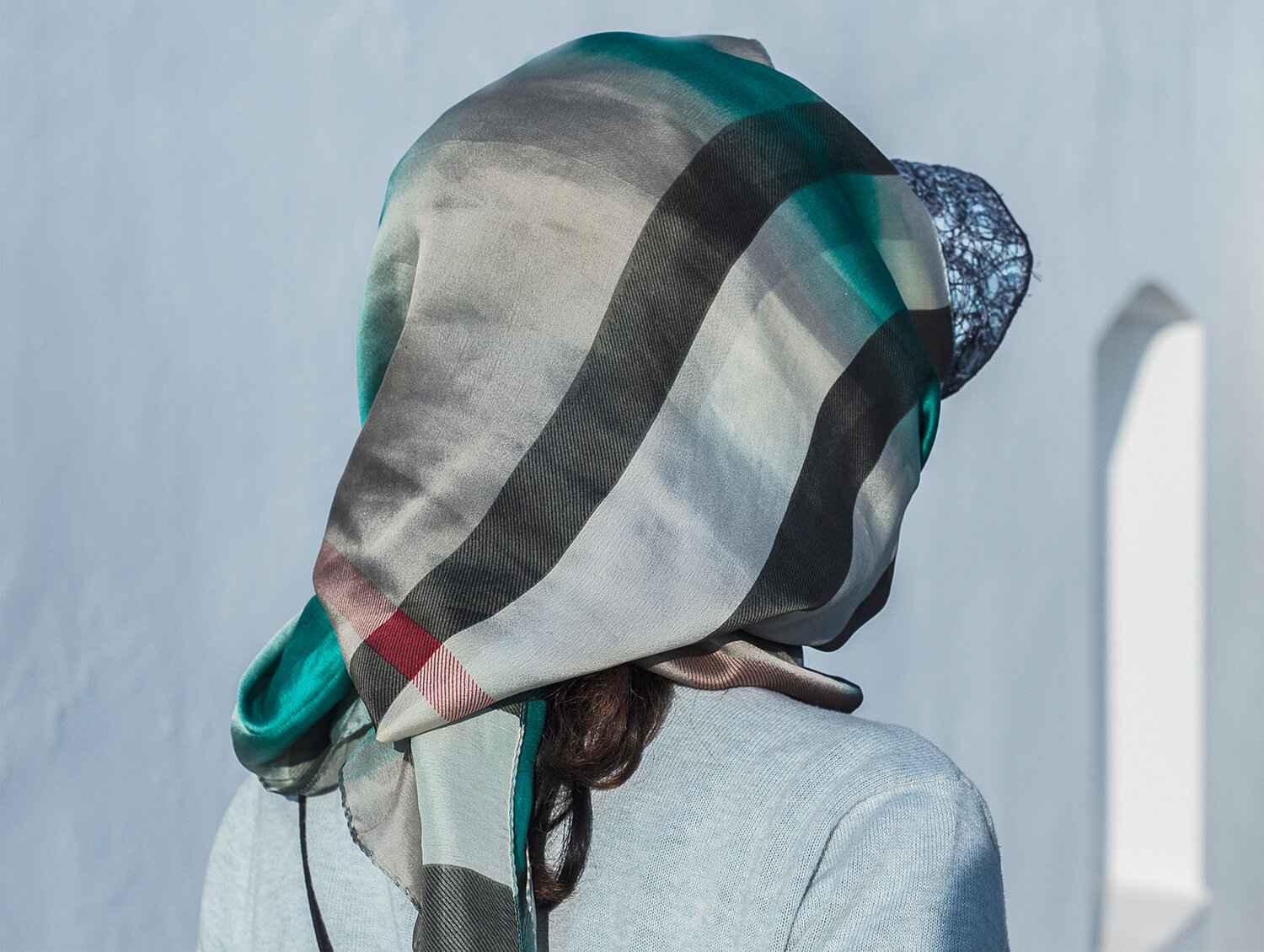
LERNAEAN HYDRA - INTERVIEW WITH ANARGYROS DROLAPAS
Anargyros Drolapas is a Greek photographer living in Athens. He studied Physics and IT University of Athens and has steadily pursued photography. His last work ‘Lernaean Hydra’ is a symbolic exploration of depression, anxiety and the role of the subconscious in everyday life. Inspired by Greek mythology, ‘Lernaean Hydra’ is a name referring to a gigantic, nine-headed water serpent associated with the underworld. She appeared to be the shadow, or the ugly side of the ego which one tried to constantly suppress. Hercules attempted to kill it by cutting her heads but as a result, multiple heads re-grown from each severed neck. In a symbolic way, this act represents one’s constant attempts to destroy the shadow instead of accepting it and keeping the psyche in control.
In an interview with GUP, Drolapas shares his thoughts on the project and his approach to photography.
Your play with shadows is apparent in your imagery. Besides having an uncanny and nocturnal appeal, do they have any other function?
I’m just embracing what is lurking into shadows as usually, we dislike them. We believe that in those obscure areas there is probably a source of trouble. But we can’t actually see what lies beneath the surface since it’s our subconscious that is revealed. What we are afraid of, or whatever we need to work out with ourselves will arise and appear into reality; and that is tempting because it is a way for our subconscious to meet and reach one another. Who knows, maybe it's a collective unconscious. After all, the shadow is a universal archetype.
In your work you seem to explore the boundary between dream and reality. What does this boundary represent for you in relation to the themes of depression, anxiety and the subconscious?
It is true, I tend to focus on those internal mental processes and experiences that are frequently conjoined with our sleeping. But that doesn’t make me an expert. There are many questions that need to be answered: What are dreams? How are they identified? What is their personal and social role? Can we interpret their content? Is there a language or a logic of dreams? Can we use that language in reality as a way of expression? What is the impact of dreams in reality? I can continue asking a lot of difficult questions but I will leave that to the experts in psychology and philosophy.
While we are asleep, the control of our daytime consciousness is relaxed, and our subconscious mental processes continue their operation on an “archaic” or infantile level. And what is more archaic than the ‘Lernaean Hydra’? In our dreams, we act in a role of self-conscious agents with linguistic capabilities, but we also communicate with our archaic features where traces from the past appear. I believe that we always look for those features that may provide us with answers. My work is, therefore, like a totem that is built as a reminder that we can figure out a way how to deal with depression and anxiety.
Leaning somewhere between documentary and fiction, how would you describe your way of photographing?
It is not documentary. That is not what I am aiming in this project. It’s actually an attempt to transpose into photography a very rich legacy of fictional (maybe even mythological) amount of resources that have been developed in literature and in visual arts in the past. And I’m doing that by attempting to create an artistic language that was previously presented in other forms of art. For example, Albrecht Dürer (1471-1528) was one of my influences for the way that he chose to present his views about melancholia (Melencolia I) in his prints and paintings. That is what I’m trying to communicate through my way of working – a personal photographic form of expression.
Greek mythology plays a significant role in ‘Lernaean Hydra’, is it your source of inspiration in other series as well?
My focus was on depicting the main concepts that needed to be visualised for the reasons I have already mentioned. While I was working on that project about melancholia, I was talking to a lot of people who had previous experiences with it. Later, I read a scientific paper in Psychology about the term of "Lernaean Hydra" and I suddenly realised that I didn't actually knew the myth completely.
Although I have heard the story before (being a Greek child), the scientific paper revealed an alternative ending to me. The nine-headed water serpent never died after all (as I was previously told as a child). It was set under control by being trapped under a heavy rock, but it was still alive. That different ending of the tale was like an apocalypse for me. The difference between a permanent solution versus a temporary solution that constantly needed to be kept under control, was a very suitable example to present the different way we deal with problems in life as a child and as an adult. Thereby, I'm not a preacher of Greek mythology. I was just touched by the way psychologists use that myth. However, for the time being, I haven't used another myth for a photo project.
You can meet Drolapas' work and other 99 great photography talents on FRESH EYES book.
